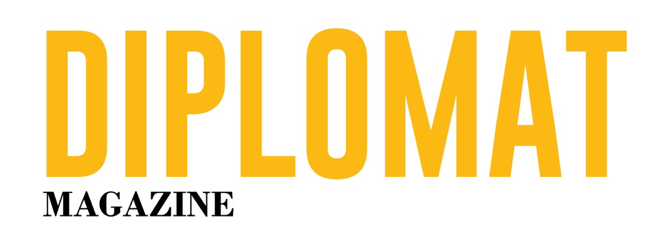An Exhibition about longing, memory & artistic appropriation
‘Objets du Désir’, the solo-exhibition with work by Katia Borghesi and curated by Marie Jeanne de Rooij, will be on view at TV05 (Tournooiveld 5, The Hague) from Friday 8 to Thursday 21 October 2021. Two of Borghesi’s recent series of paintings will be shown for the first time: La Famiglia (Gogottes) & Jouets du XXème Siècle (la série russe). ‘Objets du Désir’ is an exhibition about longing, memory and magical appropriation through the medium of painting.
Friday 8 October 2021 at 5 p.m. ‘Objets du Désir’ will be officially opened by Alexander Khodakov, former ambassador of Russia and writer of a memoir entitled, ‘La Cuisine diplomatique’.
Katia Borghesi decided to choose wholeheartedly for her artistic career after finishing her studies at KABK The Hague and say goodbye to her long employment at international and NGO offices. Using as her motto ‘The best is yet to come…’ she is working non-stop and compellingly on her paintings which always form part of a special series. Borghesi is examining within the framework of a specific theme her personal desire to capture an autobiographical memory or a personal longing in paintings which allows her to ‘own’, to appropriate the desired object through the magic of painting.
With her Italian roots and born and raised in Paris, Katia Borghesi is able to ground easily and from this she developed her fine-tuned antenna to register what is out of the ordinary and seemingly elusive. This sensibility allows her to capture specific patterns in many subtle variations, such as in an earlier but still continuing series, ’04:00 a.m.’ which serially reckons with the monotonous ‘gray’ office years from her past.
In her two most recent series Katia Borghesi paints portraits of objects which re-evoke her memories. ‘La Famiglia (Gogottes)’ is a series in different formats of rare, enchanting sand-sculptures formed by nature itself, unearthed amongst other sites, at Fontainebleau and already uncovered and admired by Louis XIV. During school trips, Borghesi enjoyed as a child the nature, the grass and the sand at Fontainebleau. Much later, by coincidence she discovered images online of these ‘gogottes’ that she portrays in pastel colors and in this way makes them hers.
Also ‘Jouets du XXème Siècle (la série russe)’ is bringing memory and desire together. As a little girl Borghesi dreamed about the toys in shop windows. She later came across the endearing rubber toys made in Russia dating from the last century while scrolling on the internet, awakening her feeling of ‘I want them’ and memories of her magical childhood. Painting portraits of these ‘objets du désir’ is making ‘owning them’ possible.
Curator Marie Jeanne de Rooij worked earlier as director and curator at Galerie Nouvelles Images, GEMAK & Vrije Academie The Hague and The Hague Sculpture.
Info: www.katiaborghesi.com, contact exhibition: Objetsdudesir@protonmail.com Address: TV05, Tournooiveld 5, The Hague
Opening hours: 8 – 21 October 2021, 3 – 5 p.m. & by appointment.n.b. TV05-location is part of Anna’s Kiss & Ride by Anna Vastgoed & Cultuur, www.annavastgoedencultuur.nl











